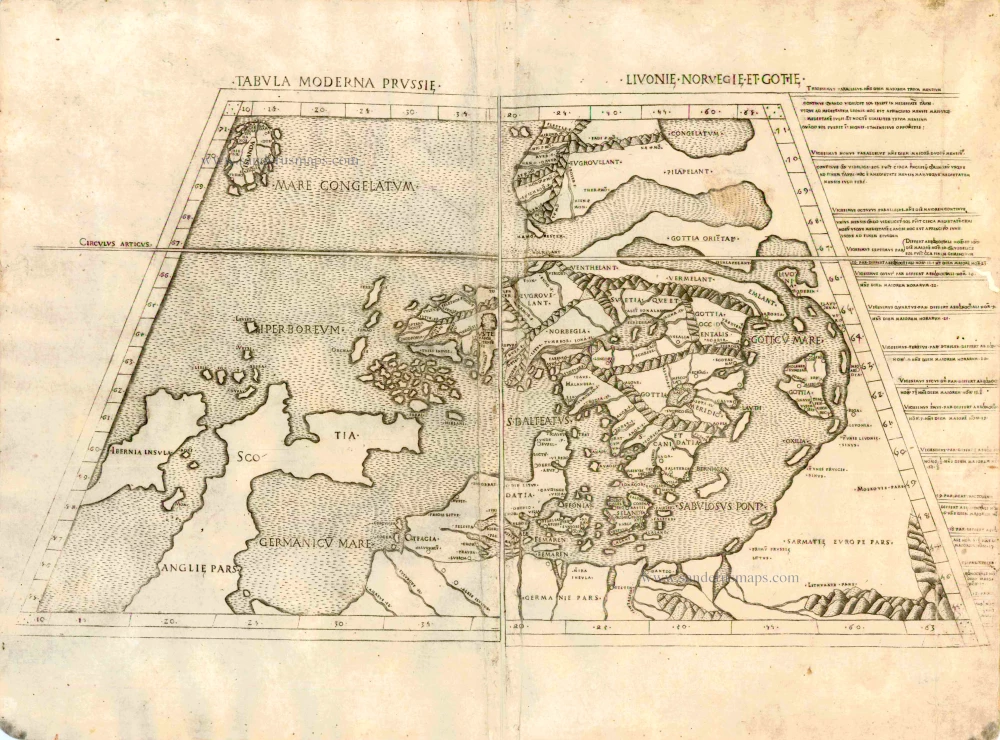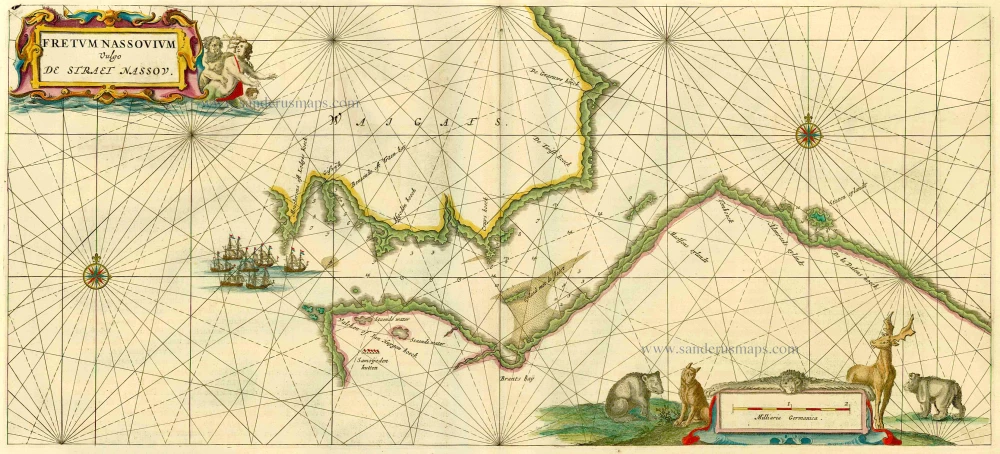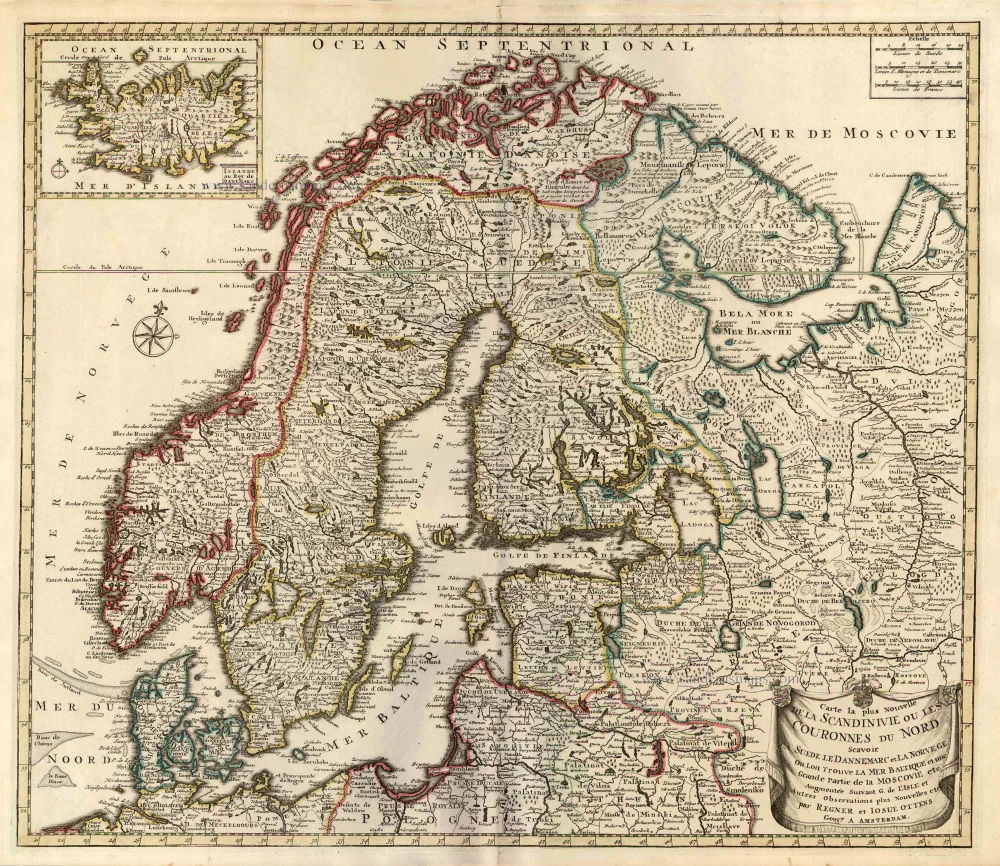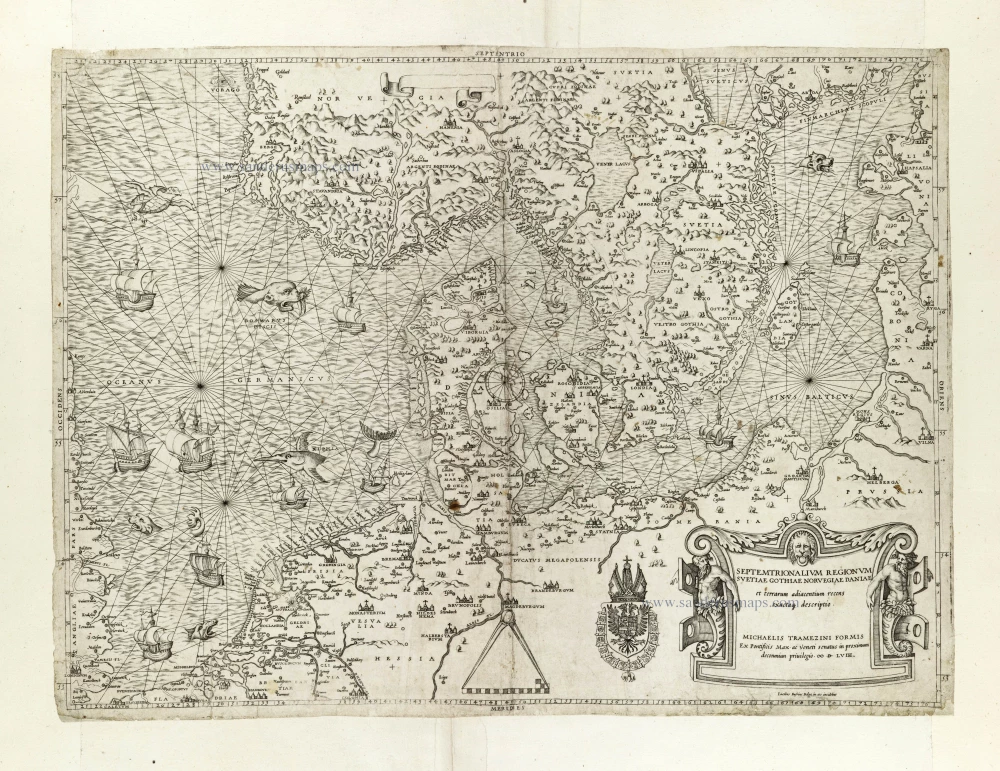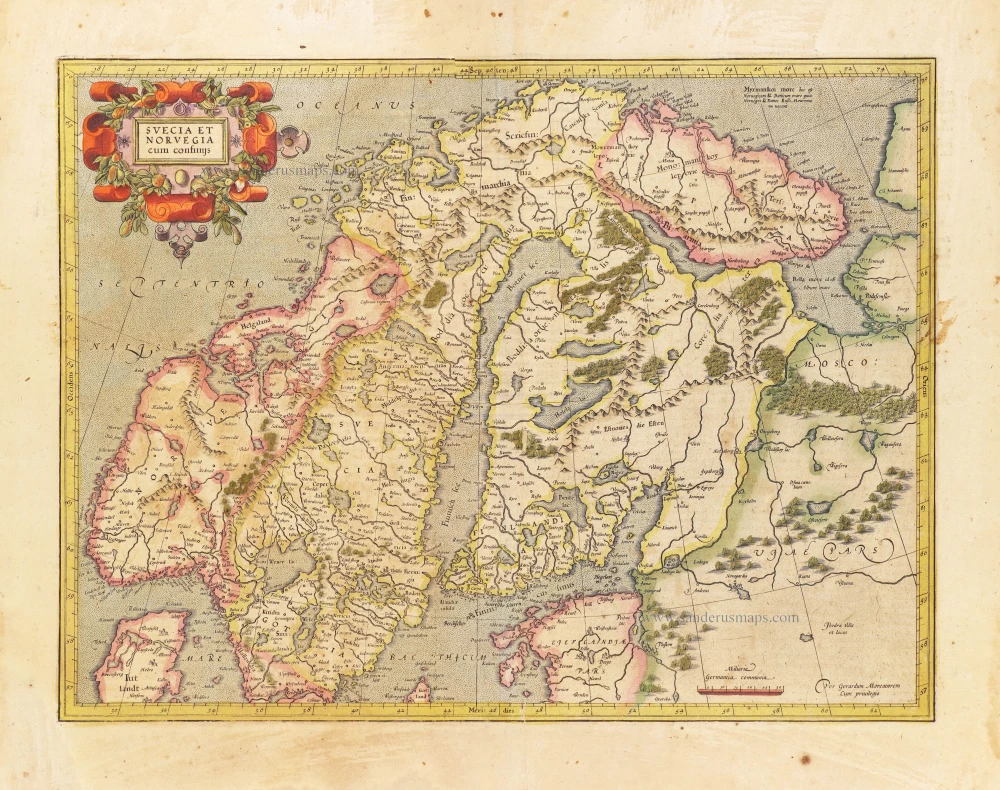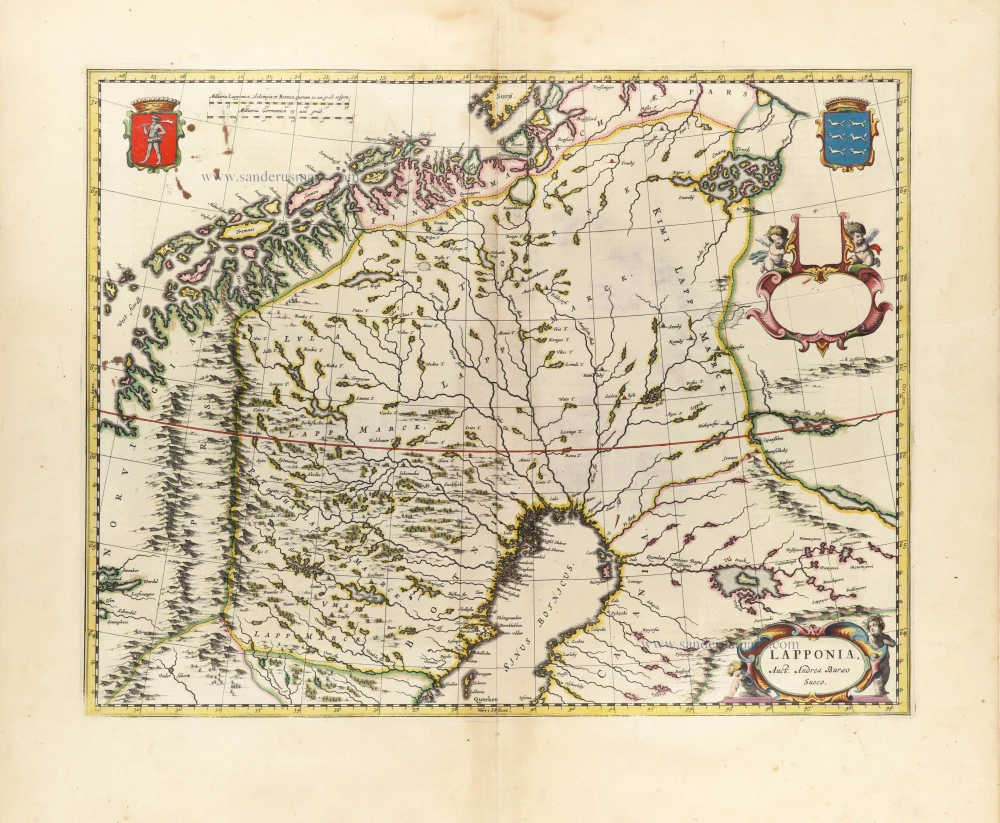Ptolemy map of Scandinavia, by Marcus Beneventanus. 1507
Claudius Ptolemy (c.100 – c.170 AD)
Claudius Ptolemaeus was a Greek astronomer, mathematician, and geographer who lived in Alexandria in the 2nd century. His ideas influenced much of medieval astronomy and geography. He was the first to use longitudinal and latitudinal coordinates. His idea of a global coordinate system was highly influential, and we use a similar system today.
Ptolemy wrote several scientific treatises. The first is the astronomical treatise, now known as the Almagest. The second is the Geography, which is a thorough discussion of the geographic knowledge of the Greco-Roman world. The third is the Apotelesmatika, an astrological treatise in which he attempted to adapt horoscopic astrology to the Aristotelian natural philosophy of his day.
The Geographia is a compilation of geographical coordinates of the part of the world known to the Roman Empire during his time. However, the maps in surviving manuscripts of Ptolemy's Geography only date from about 1300, after Maximus Planudes rediscovered the text. It seems likely that the topographical tables are cumulative texts that were altered and added to as new knowledge became available in the centuries after Ptolemy.
The earliest printed edition with engraved maps was produced in Bologna in 1477, followed quickly by a Roman edition in 1478. An edition printed at Ulm in 1482, including woodcut maps, was the first one published north of the Alps.
Tabula Moderna Prussie - Livonie Norvegie et Gottie
Item Number: 4035 Authenticity Guarantee
Category: Antique maps > Europe > Northern Europe
Old, antique Ptolemy map of Scandinavia by Marcus Beneventanus
Date of the first edition: 1507
Date of this map: 1507
Copper engraving, printed on two sheets, joined.
Size along top: 31.5 x 32cm (12.3 x 12.5 inches); at bottom: 31.5 x 57cm (12.3 x 22.1 inches)
Verso: Blank
Condition: Some creasing and wear in the centre, vertical fold at 35mm from the right edge.
Condition Rating: B
References: Ginsberg (Scandinavia), 4.
From: In hoc Operae Haec Contine[n]tur Geographia Cl. Ptholemaei ... Rome, Bernardinus Venetus de Vitalibus, 1507.
This map was one of the 6 additional maps added to the 27 traditional Ptolemaic maps. It is a copy of the Ulm Scandinavia map, but is here engraved on copper for the first time.
Beneventanus, together with Joannes Cota of Verona, also revised and edited for this 1507 edition the Latin translation of Jacobus Angelus.
Claudius Ptolemy (c.100 – c.170 AD)
Claudius Ptolemaeus was a Greek astronomer, mathematician, and geographer who lived in Alexandria in the 2nd century. His ideas influenced much of medieval astronomy and geography. He was the first to use longitudinal and latitudinal coordinates. His idea of a global coordinate system was highly influential, and we use a similar system today.
Ptolemy wrote several scientific treatises. The first is the astronomical treatise, now known as the Almagest. The second is the Geography, which is a thorough discussion of the geographic knowledge of the Greco-Roman world. The third is the Apotelesmatika, an astrological treatise in which he attempted to adapt horoscopic astrology to the Aristotelian natural philosophy of his day.
The Geographia is a compilation of geographical coordinates of the part of the world known to the Roman Empire during his time. However, the maps in surviving manuscripts of Ptolemy's Geography only date from about 1300, after Maximus Planudes rediscovered the text. It seems likely that the topographical tables are cumulative texts that were altered and added to as new knowledge became available in the centuries after Ptolemy.
The earliest printed edition with engraved maps was produced in Bologna in 1477, followed quickly by a Roman edition in 1478. An edition printed at Ulm in 1482, including woodcut maps, was the first one published north of the Alps.

